 Abraham Lincoln
If given the truth, the people can be depended upon to meet any national crisis...
Abraham Lincoln
If given the truth, the people can be depended upon to meet any national crisis...
 Guildford news...
for Guildford people, brought to you by Guildford reporters - Guildford's own news service
Guildford news...
for Guildford people, brought to you by Guildford reporters - Guildford's own news service
Birdwatcher’s Diary No.37
Published on: 2 Jun, 2013
Updated on: 2 Jun, 2013
By Malcolm Fincham
On Thursday, May 23, I squeezed in a short afternoon visit to Thursley Common. Most of my time was spent avoiding heavy showers and my visit was cut short by the sight of distant storm clouds heading my way.
But I was grateful to find just enough time to get a few better pictures of the hobby and curlew I wrote about in my previous report, before just making it back to my car as the hail stones fell.
I was also pleased also to capture a few pictures of a female broad-bodied darter dragonfly, one of many that seemed to have emerged that day – and a fine food source for the hobby.
On Friday, May 24, despite the deterioration of the weather I took up on a prearranged trip to Pulborough Brooks RSPB reserve in West Sussex, with a long time friend and birdwatching enthusiast Mark. With the forecast of daytime temperatures not even making double figures, my optimism of seeing any wildlife was at an unusual low. And with rain falling as we drove there, my regrets of getting up at such an early hour where high. My main concern was whether my camera equipment would survive the day if the rain continued to fall. Fortunately on arrival (and for most of our visit) the rain eased up.
Although surprisingly few birds were in song for the time of year, there was still a few pleasing sights. A short walk through the woodland area outside the reserve revealed a late but picturesque display of bluebells. While out in a meadow on the reserve a green woodpecker took advantage of the rain, feeding in the soft soil for grubs and worms.
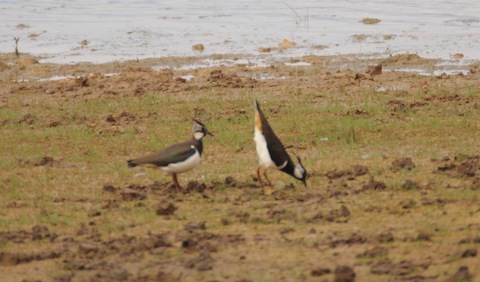
Two lapwings at Pulborough Brooks. I’ll leave you to think of a ‘Have I Got News For You-style caption!
Apart from the usual sight at this time of the year of lapwings displaying over (and on) the lagoons, it was still unusually empty of hirundines.
Our best sighting and pictures of the day were most certainly that of a nightingale sitting in a young oak singing its heart out just a few feet away from where we were standing.
The bank holiday weekend brought along with it some welcomed sunny weather, and with the hawthorn now in blossom (a good two weeks later than I reported last year) more good sightings and indeed some more rather pleasing pictures were had,
On Saturday, May 25, one of several male reed buntings on the Riverside Reserve by Stoke Lake continued to constantly call, unperturbed by passers by as it sat in a sallow, just a few feet away from the new boardwalk.
At the lake I got a few nice shots of the common terns, a regular fixture to be seen from the lakeside, as well a one of a number of grey herons that are regularly seen in the area. This one flew overhead.
Looking through my binoculars out into the direction of the island I was convinced I could see movement at the great crested grebe nest – that of several young chicks. This I was to able to confirm to my delight the following day.
And on my journey back via the towpath, I caught another distant view of a red kite as it was being mobbed by a crow high above the Slyfield Industrial Estate.
Sunday, May 26, was probably one of my best days of collected sightings and pictures that I’ve had for a long while. It started with a late morning trip back to Stoke Lake to recheck the the great crested grebe nest. To my delight I found it was a case of being in the right place at the right time.
I could clearly see young chicks and as I watched I could see both parents with their young on their backs making movement away from the nest site towards the far bank.
Seeing that they didn’t appear too bothered by a dog walker passing by them, I decided to chance my luck of walking round to get some closer pictures. As you can see it was well worth the effort .
It was fascinating to get close to them, and amusing to watch as the adult lifted itself up, opened its wings, and for me to then watch the little ‘humbug-like’ chicks slide off into the water. They then had a short swim before taking it in turn to climb back on board.
The parents took them the whole length of the lake before later returning with them back to their nest site.
Back home and while checking the photos I’d taken and reminiscing on some of sightings the phone rang. It was Dougal, a local top birdwatcher. He told me that a red-backed shrike had just been reported in a hedgerow on Pewley Down.
This bird is rarely seen, especially in the Surrey area. Once a regular breeding bird in the UK, they are now only ‘on passage migrant’ these days.
Unlike some birdwatchers who are willing to travel the length of the UK on a ‘twitch’ like this to see a rarity, I’m just that bit too lazy – and can’t justify the expense.
However, being so close and grateful for the tip-off and feeling it duty to get a picture for this website, I decided to check it out. I wasn’t left disappointed. Although keeping a good distance, along with a group of enthusiasts, and not wishing to foolishly spook it away and spoil the sighting of it, I was able to get some reasonable pictures.
To put the icing on the cake, so to speak, of what had already been great day, I decided to do a short visit to Whitmoor Common while the late evening sun continued to shine. Here I finally got some good views and reasonable photos of the cuckoo that had eluded me so far this year.
Although he was very mobile at first ,which involved a lot of patience and cycling on my behalf , he finally settled down long enough for me to get a few shots of what I consider to be a most unusual looking bird.
On bank holiday Monday, to complete a great weekend of birdwatching, and while walking the towpath between Bowers Lock and Trigg’s Lock bordering Sutton Place, I was pleased to see three hobbies feeding on dragonfly just beyond the River Wey Navigation, to the rear of Send church.
To me as always it was a spectacular sight to watch such an agile performance as they effortlessly glided like giant swifts catching dragonflies in their talons and feeding on them while still in flight.
Also that day Mayfly were at long last starting to emerge from the river. These are a great food supply not only to riverside birds such as grey wagtails, many of whom are still feeding their young, but also to many other critters including dragonfly and damsels, such as the banded demoisel also now starting to appear along the riverbank.
Being totally obsessed with the world of nature and spending as much time out in it as I can, especially when daylight hours at this time of the year are so much longer, it can be quite exhausting. However, when finally getting to writing up these reports, I realise how rewarding it has been!

"Found any?" - "Nope, it all looks green to me!" (See Opinion: The Future is Congested, the Future is Grey)
www.abbotshospital.org/news/">





Recent Articles
- Latest Evidence in Sara Sharif Trial
- Ash’s New Road Bridge Is Named – and November 23rd Is Opening Day
- Class A in Underwear Leads to Jail Sentence
- Historical Almshouse Charity Celebrates Guildford in Bloom Victory
- Notice: Shalford Renewable Showcase – November 16
- Firework Fiesta: Guildford Lions Club Announces Extra Attractions
- Come and Meet the Flower Fairies at Watts Gallery
- Updated: Royal Mail Public Counter in Woodbridge Meadows to Close, Says Staff Member
- Letter: New Developments Should Benefit Local People
- Open Letter to Jeremy Hunt, MP: Ash’s Healthcare Concerns


Search in Site
Media Gallery
Dragon Interview: Local Artist Leaves Her Mark At One of England’s Most Historic Buildings
January 21, 2023 / No Comment / Read MoreDragon Interview: Lib Dem Planning Chair: ‘Current Policy Doesn’t Work for Local People’
January 19, 2023 / No Comment / Read MoreA3 Tunnel in Guildford ‘Necessary’ for New Homes, Says Guildford’s MP
January 10, 2023 / No Comment / Read More‘Madness’ for London Road Scheme to Go Ahead Against ‘Huge Opposition’, Says SCC Leader
January 6, 2023 / No Comment / Read MoreCouncillor’s Son Starts Campaign for More Consultation on North Street Plan
December 30, 2022 / No Comment / Read MoreCounty Council Climbs Down Over London Road Works – Further ‘Engagement’ Period Announced
December 14, 2022 / No Comment / Read MoreDragon Interview: GBC Reaction to the Government’s Expected Decision to Relax Housing Targets
December 7, 2022 / No Comment / Read MoreHow Can Our Town Centre Businesses Recover? Watch the Shop Front Debate
May 18, 2020 / No Comment / Read More



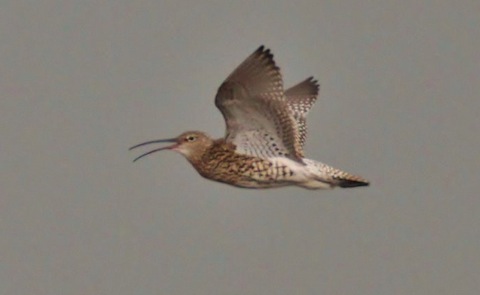

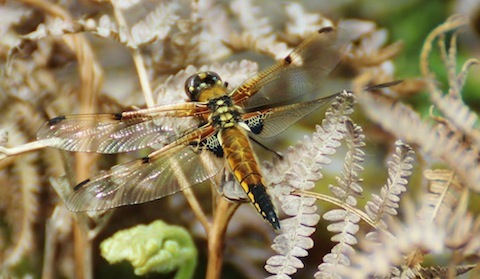
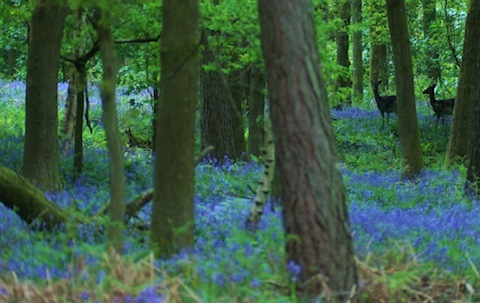



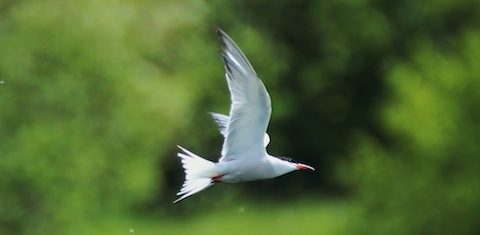
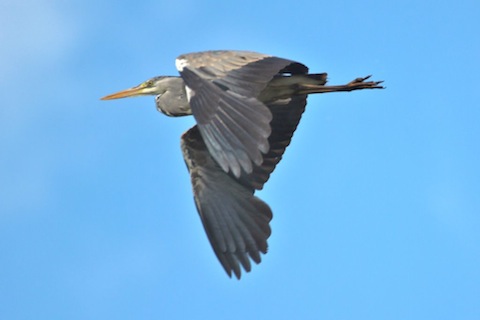
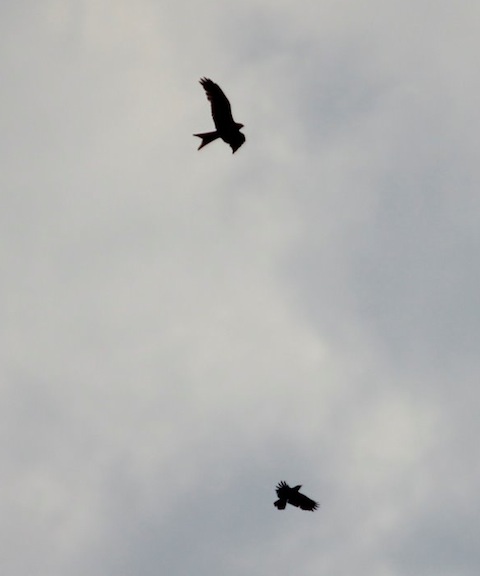
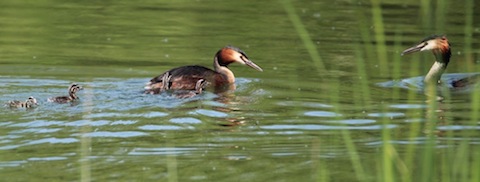
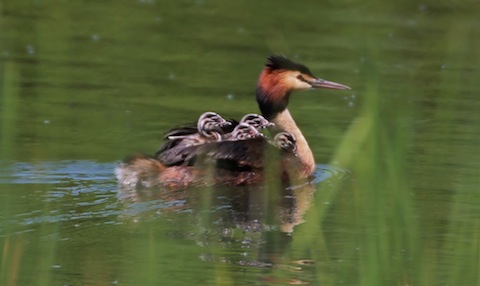



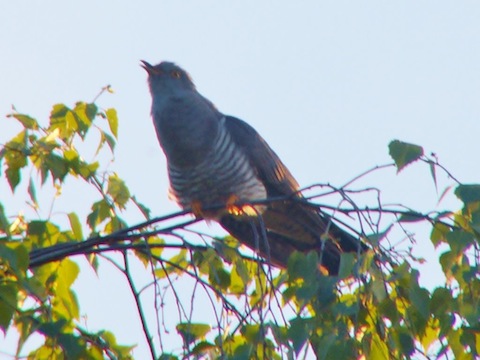
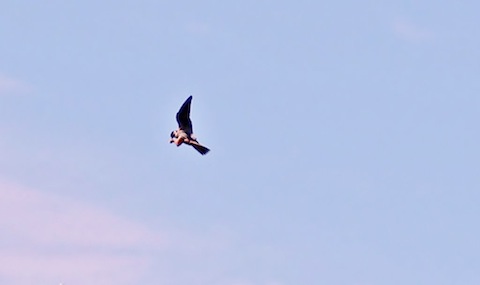
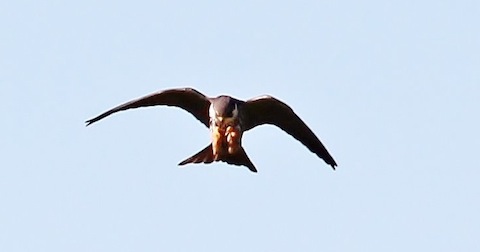





Recent Comments